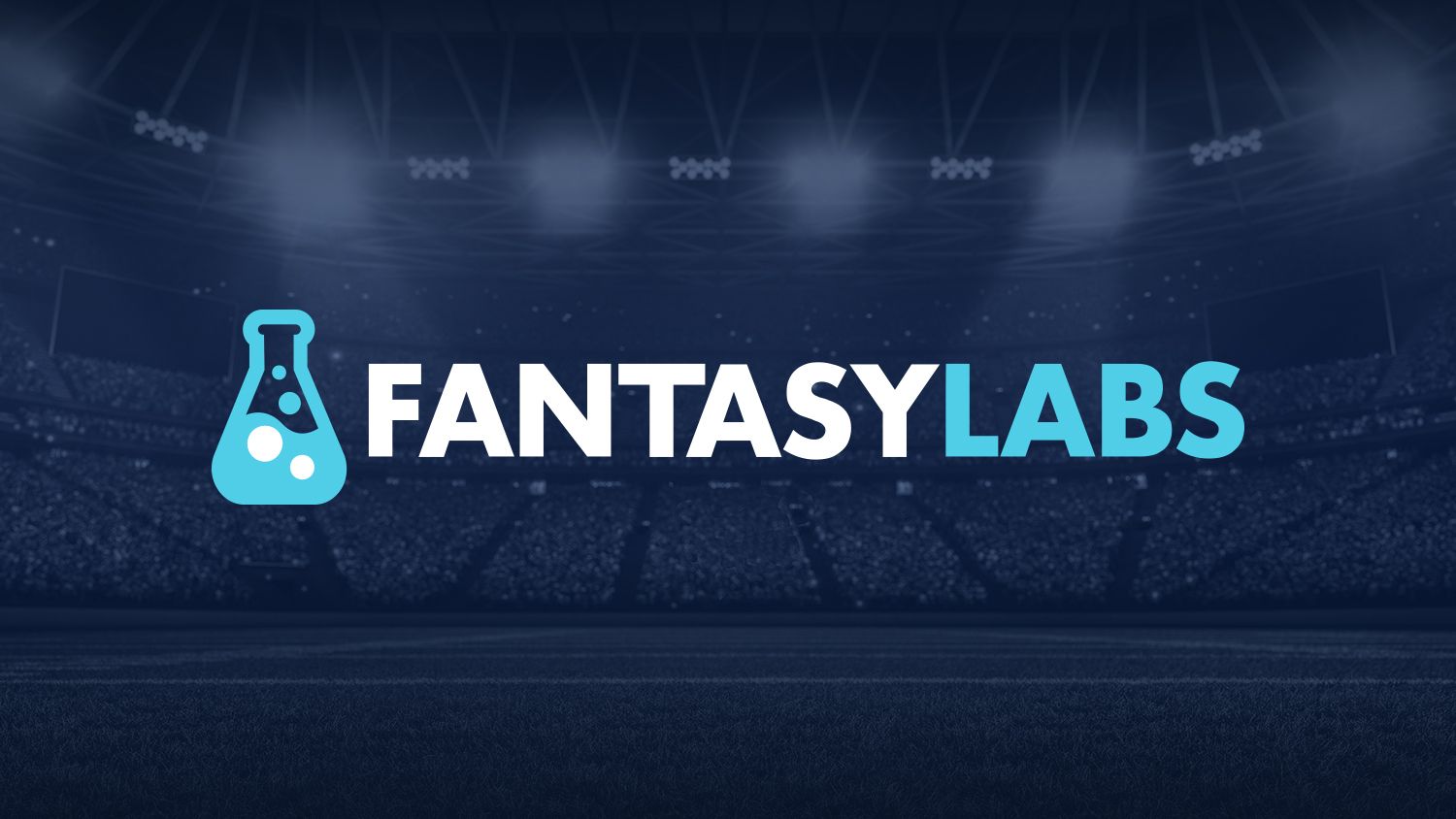Drivers head to the third traditional 1.5-mile oval this year as they contest 400 miles at Kansas Speedway.
Kansas is similar to Las Vegas, where Toyota and Chevy dominated, and based off practice that appears to be the case at Kansas as well. The difference is that Kansas tends to produce more cautions, which can shake things up a bit.
That said, we should have pretty solid confidence on who will be fast. From there, it’s about making smart decisions and pivots for tournaments.
Before we jump into my picks, don’t forget all my NASCAR projections can be found in the NASCAR Models on FantasyLabs, complete with floor, ceiling, median, and ownership projections.
Let’s not skip the best part — my Perfect% metric — a metric that tells you how often certain racers appear in the optimal lineup when running 10,000 race simulations.
And don’t forget about the tools that FantasyLabs has to offer, like our Lineup Optimizer to effortlessly create up to 300 lineups, or our Lineup Builder if you like to hand-build your lineups.
Here are my NASCAR DFS picks for the AdventHealth 400 at Kansas Speedway.
Kansas DraftKings DFS Cash Game Strategy
William Byron ($10,500) brushed the wall in qualifying and as a result will start outside the top 30 cars. That makes him mega-chalk this weekend as one of the race favorites and one of the fastest cars in practice.
Byron’s teammate Kyle Larson ($11,000) is the race favorite and has the second-highest optimal percentage in my model. Larson was the Las Vegas winner and posted the best 15-lap run in practice.
Brad Keselowski ($7700), like Byron, is another one who should race better than he qualified. Keselowski’s 30th place qualifying effort leaves ample opportunity for place differential, which he should realize given his 14th-best speed over 10 consecutive laps in practice with relatively low tire falloff over the long run compared to others.
Kansas DraftKings DFS Tournament Strategy
Tyler Reddick ($10,700) is the potential dominator aside from Larson that comes in with the largest difference between Perfect% and expected ownership, making him a great tournament play. People will gravitate toward Reddick’s car owner Denny Hamlin ($11,300), but Reddick was similar in speed to Hamlin in practice and starts right alongside his boss. In reality, I expect the two drivers to be relatively equal, but there’s likely a bit of negative correlation here given that with Christopher Bell or Kyle Larson likely leading the early laps, it’s unlikely both Reddick and Hamlin end up dominating the later laps. I’d consider setting a rule that either gives some negative correlation between Reddick and Hamlin, or uses at most one of the two in a good percentage of your portfolio.
Stack the JGR and 23XI Toyotas: In addition to Hamlin and Reddick, polesitter Christopher Bell and his Joe Gibbs Racing teammates Martin Truex Jr. and Ty Gibbs, along with 23XI’s Bubba Wallace, all had strong cars in practice. A Toyota stack was the winning lineup at Las Vegas, so it’s certainly possible we see a repeat of that at Kansas. It’ll be harder to do given they are more expensive than at Las Vegas, but getting three of these drivers is certainly possible.
To stack the Toyotas, however, you’ll definitely need some salary relief. Like last week, I’m going back to the Ricky Stenhouse Jr. ($6600) well. Stenhouse was a borderline top-10 car at Dover, and had he not gotten in a late-race wreck, he definitely would have been in the optimal lineup based off how he ran all day. Stenhouse put up some solid lap times in practice, and while his long-run speed may look a little slow, he mentioned in a TV interview that he did most of that running in traffic.
I like Carson Hocevar ($6300) for most of the same reasons as Stenhouse. He’s another aggressive driver with big upside who posted some solid lap times in practice. In addition, Hocevar took home a 15th-place finish at Las Vegas. If he does that again at Kansas, he has a great shot at ending up in the optimal lineup.







